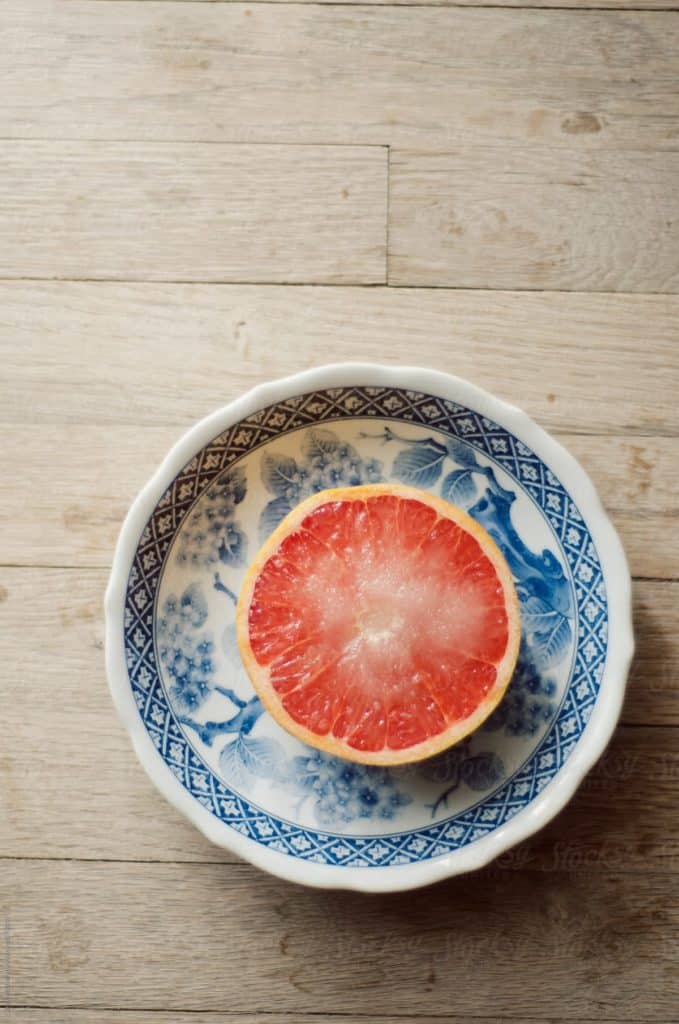Our bodies are inhabited by millions of tiny living microbes.
You may already be familiar with the living organisms in the gut. Our genitals each have an ecosystem of microbes as well. The bacterial composition of our vaginal microbiome plays a role in our overall health, including simmering infections like HPV.
Vaginal microbial diversity and richness is a key player in the immune system. Healthy microbes help prevent many urogenital diseases, yeast infections, and other Sexually Transmitted Infections.
Breaking down the microbes
The key player in the vaginal microbiome is a bacteria called Lactobacillus. This lactic-acid-producing organism is thought to be the main defense against incoming invaders in the vagina. Lactobacillus helps maintain a low vaginal pH and protects the vaginal mucosal lining.
The abundance of Lactobacillus species is lower in individuals infected with HPV. Moreover, individuals with cervical dysplasia show higher proportions of unhealthy microorganisms like Prevotella, Sneathia, and Clostridiales.
The chicken or the egg?
It seems HPV infections may impact normal microflora. Likewise, an unhealthy flora can also allow for HPV to persist. As the virus initiates healthy cervical cell immune defenses, it can disrupt the vaginal microbiome and promote HPV persistence and progression.
As we continue to learn more about the microbial connection to STIs, it is important to consider how the vaginal microbiome may be contributing to your HPV infection and what you can do to fix it.

Types of vaginal infections:
There are three main types of vaginal infections.
Bacterial vaginosis (BV) is the most common type of vaginal infection in adult women. Around 30 percent of women between the ages of 20 and 50 have BV. BV is characterized by an overgrowth of certain bacteria and an elevated vaginal pH. It often presents with symptoms of a fishy odor, greyish discharge, itching, and irritation.
Studies have found a positive correlation between BV infections and HPV. The connection is thought to be due to reductions in Lactobacillus (the beneficial microbes) and an increase in sialidases (the pathogenic ones). The loss of beneficial bacteria reduces the protective microorganisms and changes in the vaginal microflora, which may promote the survival and development of HPV. The increase in the presence of sialidases can cause microdamage to the epithelial cells and increase the susceptibility to cervical HPV infections.
Trichomonas vaginalis (TV) is another common STI. It can also cause a foul odor, genital redness or burning, and pain with urination and intercourse. A positive association was also found between TV infections and positive HPV infections.
Vulvovaginal candidiasis, also known as a yeast infection, is another common vaginal infection. Candida results from an overgrowth of fungal species in the vaginal canal. Research has found that candida infections were not associated with an increased risk of HPV infections. This is likely because candida does not impair the lactobacillus-predominated vaginal microbiota.
Are you ready to respond to HPV?
How do I know if I have a vaginal infection?
Vaginal infections often present with signs and symptoms. You may notice:
- Vaginal irritation
- Changes in color, odor (often fishy), and/or consistency of discharge
- Redness
- Pain or tenderness
- Itching
- Burning or pain on urination
If you notice changes in vaginal symptoms, contact your doctor. A vaginal exam and swab can be done to determine the cause.
Tips to take care of your vaginal health
Lifestyle choices can play an important role in supporting the vaginal microbiome. Optimal vaginal health depends on the health of the whole body. Treatment is focused on supporting both the local environment, as well as the wider body system.

Diet: Because the body is one interconnected system, what you eat can influence the vaginal microbiome. A diet low in sugar and refined carbohydrates can support a healthy microflora. Sugars are found in cakes, cookies, pastries, and alcohol should be limited to special occasions. Sugars from fruits and other natural sources like honey and maple syrup should be enjoyed but not overdone. By reducing sugar intake, blood sugar is better managed allowing for healthy hormone regulation.
Consuming a diet rich in a diversity of fruits and vegetables can also help support a healthy microbiome and supply micronutrients to enhance overall health.
Probiotics: oral and vaginal probiotics can help support the vaginal microflora. It is important to opt for a high-quality probiotic. Probiotics that contain Lactobacillus reuteri, Lactobacillus rhamnosus, and Lactobacillus crispatus are known to support vaginal microflora. For vaginal suppositories, probiotics are often recommended for 10 days through insertion into the vaginal canal each night before bed.
Are you ready to respond to HPV?
Hygiene: The vagina is self-cleaning. Maintaining proper vaginal hygiene by simply washing with warm water and avoiding douches and soaps is also helpful. Because the tissue in the vagina is some of the most absorptive tissue in the body, toxins, and chemicals in tampons can be easily absorbed and disrupt the microbiome and cause inflammation.
We recommend opting for organic, scent-free products to reduce disruption.
Sexual activity: Sexual intercourse and semen can also change the vaginal microflora and alter the vaginal pH. New partners can initiate the vaginal immune defenses and cause inflammation.
Wearing condoms has been found to reduce occurrences of BV and other Sexually Transmitted Infections.





